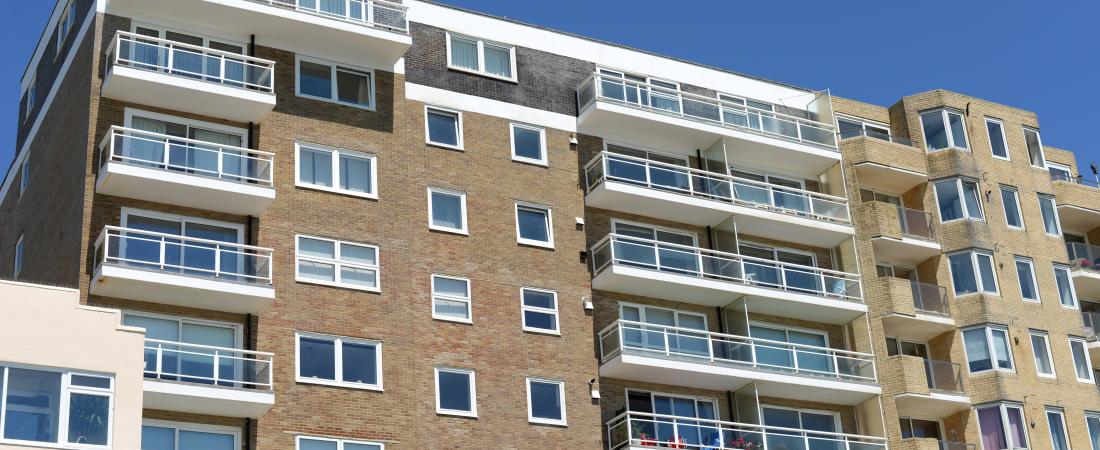
On 14 June 2017, the tragic Grenfell Tower fire took the lives of 74 people. An inquiry into the tragedy revealed that while the fire started on the fourth floor, it quickly spread up the building’s exterior and spread smoke and fire to all 24 floors. This revealed the fact that the construction industry needed a series of reforms to ensure that all residential buildings in the UK were protected against future tragedies. Here is a guide to the major external wall reforms that have been introduced since 2017:
Banning of Combustible Materials in the External Wall Systems of Buildings
An inquiry into the Grenfell Tower fire revealed major issues in the construction industry and one of the first reforms to be introduced was on 29 November 2018 when a ban was imposed on the use of combustible materials in the external wall systems of buildings. This ban was applicable on residential buildings with a height of 18m or more. The advice note released by the government clarified that the external wall systems of those buildings being planned need to resist external fire spread. Consequently, all elements used in the external wall systems needed to be certified Class A1 or Class A2.
Introduction of The EWS1 Form
In order to ensure the safety of every resident living in high-rise buildings, the government then introduced the EWS1 form. This required every planned building to have a qualified person to conduct an inspection and fill out the form to prove compliance with the updated regulations. The EWS 1 form has been designed to provide clear ‘safe’ or ‘unsafe’ certification to promote clarity and transparency in the industry. The EWS1 form is especially required for buying and selling of properties planned for construction.
Further government advice note Jan 2020
• “The external walls of the building shall adequately resist the spread of fire over the walls…
• …regardless of height…
• …to remove and replace any combustible material with one that is non-combustible (classified as A1 or A2-s1, d0).”
The Introduction of The Draft Safety Bill
In July 2020, the government introduced the Draft Safety Bill with the various recommendations put forward by the Hackitt Review. The objective of the draft bill was to promote accountability and transparency in the industry and remedy the systemic issues identified by Dame Judith Hackitt while investigating the Grenfell Tower fire. The draft Building Safety Bill also established the concept of a Building Safety Regulator, duty holders, the golden thread of information and the three gateways in the lifecycle of the building.
Fire Safety Act 2021 is Introduced
On 29 April 2021, the Fire Safety Bill received Royal Assent and is currently known as the Fire Safety Act 2021. The Act enforces a new regime for fire safety in the construction industry in order to ensure safety for every resident in the country. The new act is applicable to England and Wales only and clarifies the roles of the duty-holder/building owner for multi-occupancy residential buildings to ensure accountability in the industry. It also creates a foundation for secondary legislation, based on the recommendations made in the Hackitt Report.
Sign up and Learn all about the new Fire Safety Act 2021 here.
Building Regulations Advisory Committee Published Their Report on The Golden Thread of Information
In July 2021, the Building Regulations Advisory Committee published their report on the Golden Thread of Information with the aim to clarify the definition and principles of the golden thread of information along with guidance on how it can be adopted in the industry in future.
The report stated that legislation for the golden thread would be released through the primary legislation, the Building Safety Bill, the secondary legislation, the Golden Thread Regulations and the Golden Thread Guidance. The Ministry of Housing, Communities and Local Government (MHCLG) would be responsible for consulting on the secondary legislation and guidance in due course.
Learn more about the Golden Thread of Information report here
